Article's Content
Global B2B ecommerce sales are showing no signs of slowing down.
And here are the stats to prove it:
- B2B ecommerce volume in the United States more than doubled from 2006 to 2016 and amounted to $5.79 trillion in sales.
- In 2017, the gross merchandise volume of B2B ecommerce transactions was projected to reach $7.66 trillion, up from $5.83 trillion in 2013.
- By 2020, B2B ecommerce sales are projected to be more than two times higher than global online retail sales.
But was B2B ecommerce growth always this promising?
No, not really.
Until the last decade, old technology and processes prevented B2B ecommerce businesses from flourishing the way they do today.
Mismanaged catalog content, poor sales team management, delayed shipments and a host of similar hurdles were more pronounced as businesses operated under outdated assumptions with outdated methods. Order delivery was hampered; turning a profit was difficult.
However, a lot has changed since then.
If you want to ride the next wave of growth in B2B ecommerce, you need to understand what’s changing in this sector and why it matters. In my opinion, that’s the only way you’ll be able to meet the buyers’ expectations.
What Is B2B Ecommerce?
B2B ecommerce consists of “transaction[s] between businesses, such as those involving a manufacturer and wholesaler, or a wholesaler and a retailer” that take place via an electronic medium.
That’s a definition we all know. So let’s refine the definition to suit the changing market.
The definition of B2B ecommerce ought to be:
“B2B ecommerce consists of transactions between businesses via a website or a mobile app, oftentimes in which the purchase decision is significantly influenced by product research, reviews, and ratings.”
Given this new definition, it is crucial for B2B businesses to understand who the new age B2B buyer is, how they zero in on a product and how sellers can simplify the purchase process for them.
Understanding The New Age B2B Buyer
Take a second to think about a B2B company like GE, which deals in aviation, health care, pharma and more.
Here’s a screenshot of their website:
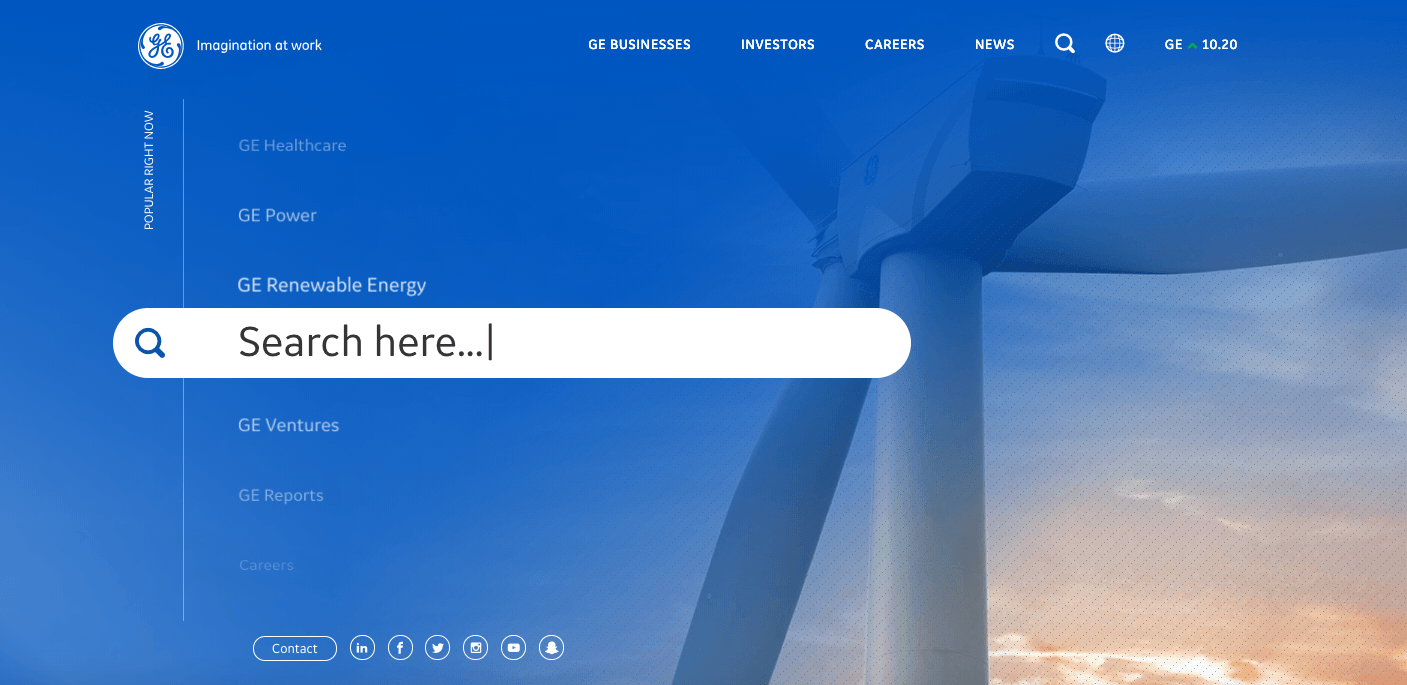

Now, imagine their ideal buyer persona.
If you visualized someone in their late 40’s negotiating payment terms or signing purchase orders, you are in for a rude awakening.
Let’s look at two popular assumptions about the new age B2B buyer:
Assumption #1: The B2B Buyer Is Old
Wrong.
A report by Merit about millennial buyers reveals that they are increasingly involved in—or in charge of—purchasing decisions. The report states that 73% of 20- to 35-year-olds are “involved in product or service purchase decision-making at their companies,” with a third reporting that they are the only decision-maker for their department.
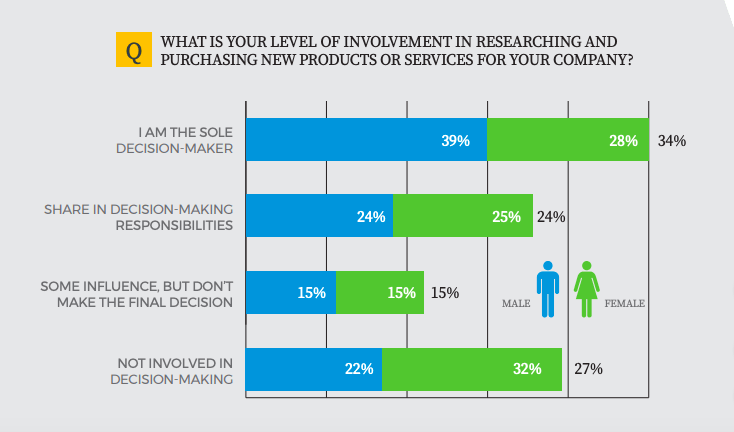

Assumption #2: The B2B Buyer Is Digitally Savvy
This one’s true.
A study conducted by Google and Millward Brown Digital found that new age buyers are extremely digitally savvy and haven’t known a world without the internet. They have grown up with technology and therefore understand the role it plays in the research and decision-making process.
How B2B Buyers Zero In On A Product—The New Age Decision-Making & Buying Process
Thanks to the explosion of digital technology and shift in the age of decision-makers, the way B2B sales happen has also changed dramatically.
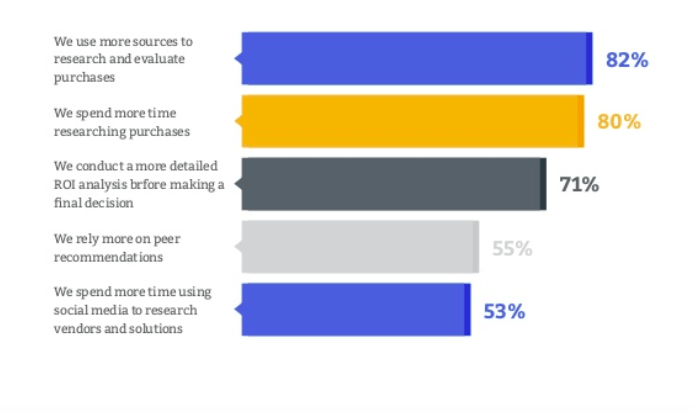

Image Source
Most B2B buyers invest heavily in screening your product. They research your product online, dive deep into case studies and whitepapers, review your product ratings as well as seek out references before they ever approach you.
That’s not all—on an average, 6.8 decision makers are involved in the B2B buying process and “big, complex deals increasingly require consensus among a wide range of players across the organization.”
As a B2B ecommerce business, you clearly need to invest in your company’s online presence, develop content assets that enable and simplify the purchase process, and develop a post-purchase strategy.
Sure, it’s not easy, but by investing in the following five areas, you can dramatically improve your stance in the rapidly changing world of B2B ecommerce and overcome most common e-commerce challenges.
#1 Invest In Discoverability
Not only has technology impacted the way we research; it has also transformed the quality and the format of the results we get from search engines.
What used to be a text-based format now delivers videos, images and even featured snippets. The competition for your customers’ attention is fierce!
To be discovered, ecommerce websites need to rank on the first page of search results, and that’s why SEO (search engine optimization) for B2B is critical.
Whether you decide to outsource your SEO efforts or handle them in-house, as a company you need to ensure that your SEO strategy is tailored to your audience in order to generate the right leads.
There’s a lot that goes into a customized SEO plan, but here are four basic requirements of any SEO strategy for a B2B business:
- Understand your audience – Most B2B ecommerce companies target too broad an audience. It’s hard to find the right balance, but by casting too wide a net, you compromise on your ideal fit.
- Use the right tools – Without the right data, even a good SEO strategy will fail, and that’s why you have to choose the right analytics tools.
- Communicate your product’s USP – What you are selling and how your product differs from others on the market must be clearly communicated in your content.
- Identify the right keywords – Peppering your content with keywords only works if you’re using the right ones and using them effectively.
#2 Invest In Compelling Content Assets
Say you’ve invested in an SEO strategy that makes people click on your B2B ecommerce website. That’s good news!
Now what?
The ideal next step is to create compelling content assets—content that answers your customers’ most important questions and helps them see the true value of your product.
Tell your audience what people think of your product, how it’s helped other companies solve a problem, or how it’s different from your competitors’ offerings. Experiment with different content styles and formats—webinars, case studies, social media, landing pages, whitepapers, etc.
It’s important to ensure you have content for every stage of the buyer’s journey. And unlike B2C, in a B2B ecommerce business model, purchasing decisions are a team effort, so your content should speak not only to C-suite executives but also to analysts, marketing executives, and managers.
Here’s what the buyer’s journey map looks like for B2B companies today. Take a closer look to see who the key stakeholders are, what their needs are, who influences their decisions and what kind of content will get your foot in the door.


#3 Invest In Improving UX
On B2B sites, the design is often neglected. But as the average B2B buyer changes, their expectations for a quality user experience are forcing B2B brands to adjust.
B2B buyers already know what they are buying (thanks to research), and they should be able to find it on your website quickly, without any friction. Here are three areas that might benefit from some TLC on your own site:
- On-site search – Most B2B ecommerce websites lack the basic functionality of a site search! To attract high-value customers, you need to make sure they can find the right products by typing in what they’re looking for.
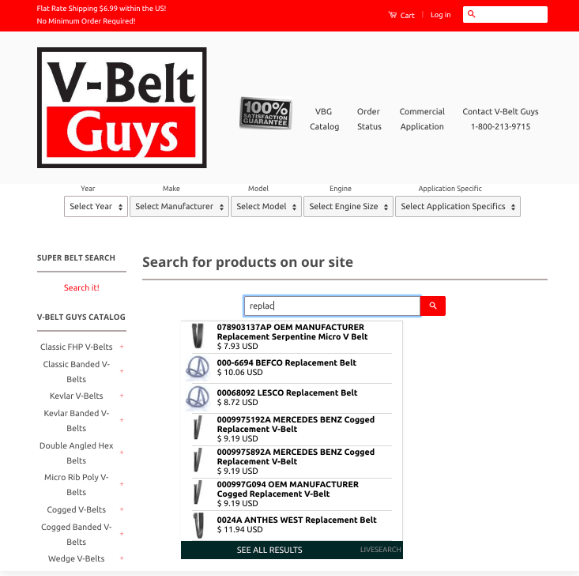

- Well-defined product pages – When B2B buyers visit a site, one of their biggest pet peeves is finding product pages with unhelpful content. Maybe the descriptions aren’t up to date, or they lack information, or the images aren’t high-resolution and you can’t easily zoom in. Any of these experiences can prevent a sale.
- Easy checkout process – Is your checkout form too tedious? If yes, chances are it’s negatively impacting your sales.
- Page speed – Simply put, the longer your page takes to load, the more friction you’re causing from a UX perspective. Are your images compressed? Are your redirects reduced? Are you using a quick VPS web hosting provider? These are questions to ask yourself when dealing with slow page speed.
Choosing the right platform partner ensures that key features like site search are well-supported and easy to implement. Nicklas Spelmeyer, Founder of eCommerce.de, stresses the following:
“A great user experience (UX) is a key success factor for any type of website, but it is especially important for eCommerce stores. The main goal of an eCommerce store is to sell products or services online, and a good UX can help to increase conversions by making it easy for users to find what they are looking for and complete transactions. A well-designed eCommerce store will also help to build trust and brand loyalty, as users will have a positive experience with the site and be more likely to return in the future. In conclusion, a great UX is essential for any eCommerce store that wants to be successful.”
#4 Invest In The Power Of Prescription
There are no two ways about it: Information is king for the research-driven B2B buyer. But there is such a thing as TMI.
According to an article in the Harvard Business Review, too much information can lead to analysis paralysis:
More information begets more questions, with the result that customers take longer and longer to make a purchase decision—if they ever do.
That’s why a prescriptive purchase process is called for, especially in a B2B context. But what is that, exactly? Here’s how the authors of that HBR article define it:
Prescriptive suppliers give a clear recommendation for action backed by a specific rationale; they present a concise offering and a stable view of their capabilities, and they explain complex aspects of the purchase process clearly.
The authors cite research that says a prescriptive process makes it easier to buy and eliminates purchase regret:
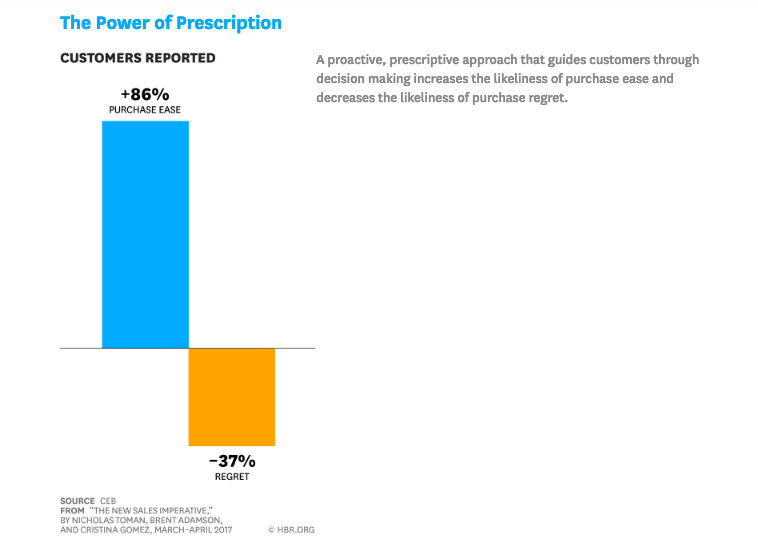

#5 Invest In A Post-Purchase Strategy
You want your buyers to keep buying from you, right? That’s why it’s crucial to invest in building a post-purchase strategy.
Here are two components to consider:
- Superior Customer Support
We’ve all been there—buying from a company, having a problem, then going through a harrowing experience with their support team. A lot of the headache is due to mismanaged communication and outdated processes.
This isn’t how you want your business to be remembered. Make sure your customer support teams are themselves supported by the systems and workflows they need to succeed.
- Enticing Loyalty & Referral Programs
Loyalty and referral programs are sweet tactics to nurture your users—and bring new ones on board. Research by the Edelman Trust Barometer says 84% of B2B decision-makers start the buying process with a referral.
That’s huge!
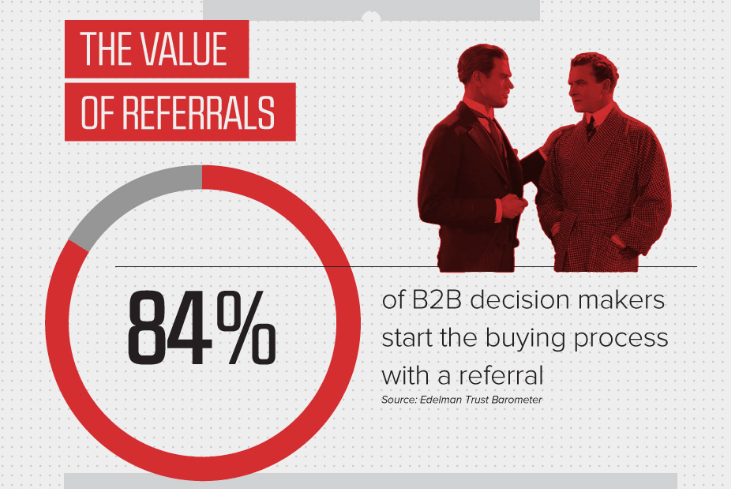

By adding customer rewards to your post-purchase strategy you are not only keeping your existing customers happy but also creating a foundation for future business.
Conclusion
B2B ecommerce transactions have changed…
B2B decision makers have changed…
That means B2B companies need to change too.
They need to change the way they view and approach their buyers, and even what they choose to invest in. This may seem daunting but it isn’t unachievable. Take time to evaluate your current ecommerce strategy and determine where you need to invest in order to attract today’s B2B buyer. B2B ecommerce is not a $7.6 trillion industry for nothing, so invest in your company’s future and get ready to ride this wave!








